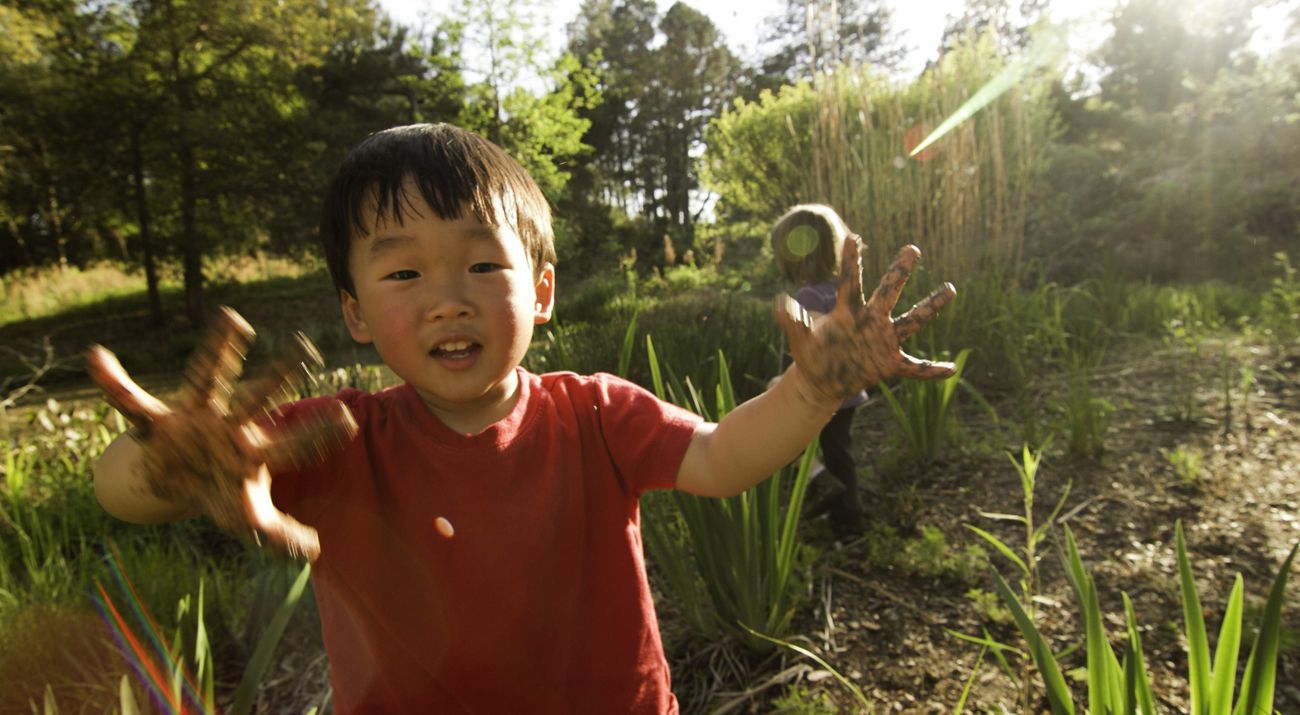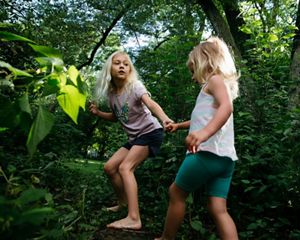Getting kids outside: one of the best things a parent can do
Parents can help their kids grow, learn, and have adventures just by spending some time in nature.
The first five years are really important for a child’s development. During these years, parents and caregivers can positively impact the well-being of children for a lifetime to come by creating high-quality learning opportunities.
Nature lessons & activities for all ages
Explore Nature Lab, TNC's youth curriculum platform
Visit Nature LabAs a parent of two toddlers, the importance of this developmental period is top of mind.
The global pandemic disrupted daycare plans, story time at the local library and other structured childcare arrangements. I had no choice but to get creative.
Thankfully, I needed to look no further than the outdoors.
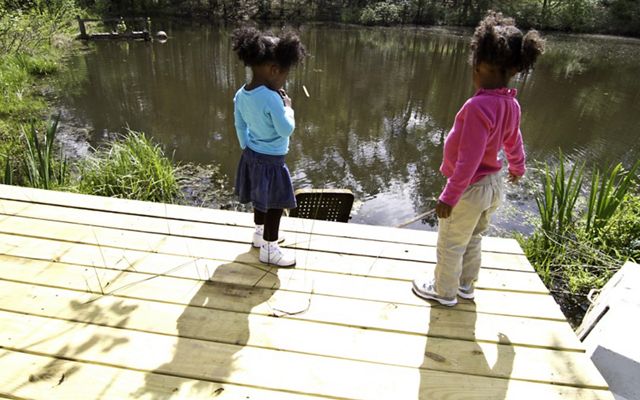
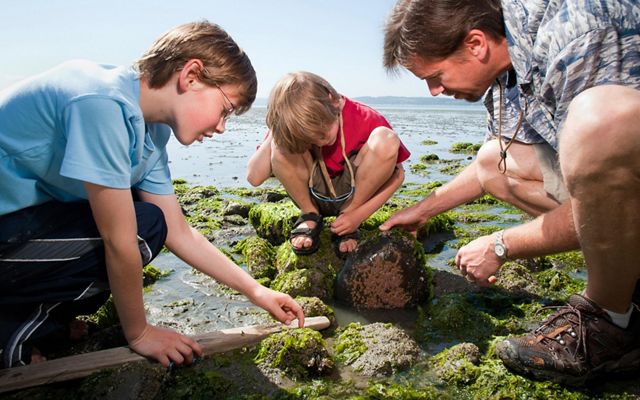
Benefits of nature for kids
Nature provides many lifelong benefits across physical health, mental health and academic competency. A healthy exposure to Vitamin D promotes bone health and helps minimize issues related to diabetes and heart disease. Even playing with dirt has shown to reduce anxiety and stress levels in children.
Introducing different natural environments to children can help them think beyond their immediate surroundings and build well-rounded perspectives. Nature-based learning and education improves a child’s academic performance and critical thinking.
And yet, children have been spending less time outdoors than ever. A 2018 study in the United Kingdom revealed that children spent about four hours outside per week, roughly 50% less than their parents had as kids. When children don’t get outdoors, they miss out on valuable experiences that can enrich their physical, cognitive and mental development.
Nature helps kids learn about their world
Introducing children to the diversity of nature—from unique animals to differing landscapes and climates—can encourage them to build an appreciation for the world around them and help them understand their place within it.
For instance, visiting a river or stream is an opportunity to not only teach children about fish habitat but to explore where their drinking water, one of the most precious resources in life, comes from.
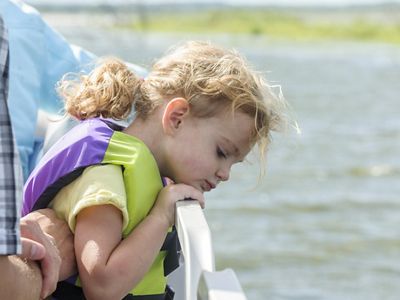
Nature can also connect us to our food. You can try building and nurturing a small garden. I remember my mother sharing stories about her family’s garden in southeast Nigeria and all the vegetables they picked to make soups and stews.
Many years later when I got a chance to visit relatives, I got to see the leafy greens they meticulously grew and appreciated the benefits of living off the land.
If you visit a local market, take time to learn about the farmers who grow the food you buy and tell your kids about what that process means. Get the name of the farmer, understand what is in season and identify similar produce that you can share with your family.
Even though many communities still get a lot of their food from large-scale farm operations, introducing your children to some local food producers connects them with food that is often healthier for them and better for the planet. And the educational opportunity to see that food does not originate in supermarkets is priceless.
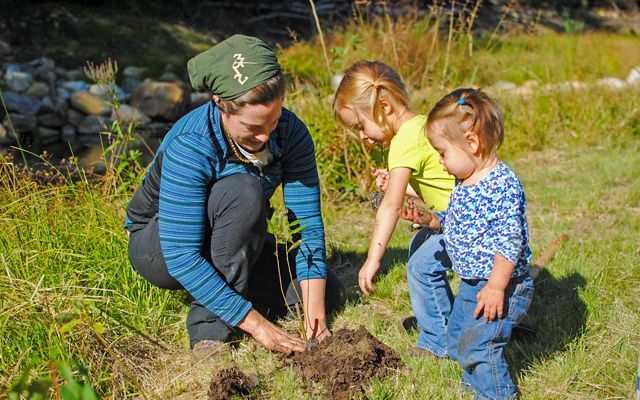
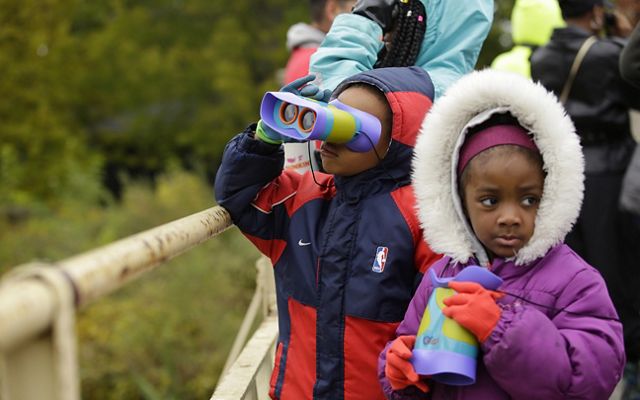
Find a volunteer opportunity near you
Explore volunteer eventsFind green spaces near you for adventures
My children and I are fortunate to live near public parks and other green spaces. The tree canopy in our area is so vital to our urban setting because trees literally clean our air and consume greenhouse gases that contribute to climate change.
Green spaces also give them a chance to learn about and consider risk. According to Harvard Health, children need to also learn about going beyond their limits. Think of it as a safe form of risk taking. Naturally, it’s uncomfortable and frightening for your children to be in any perceived danger. However, climbing trees or playground structures, splashing in a stream or picking wild fruit are opportunities to experience nature in their own ways.
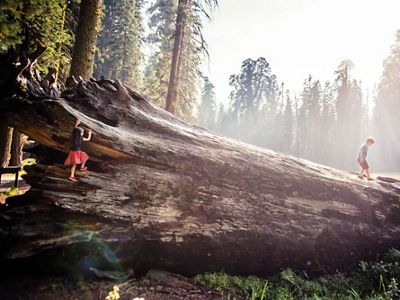
Create your own outdoor activities
It is never too early (or late) to create activities for children to experience nature and learn about why it’s worth protecting.
For structured fun, consider visiting a museum, arboretum, or a park that also caters to children. If you are able to plan in advance, consider online options like virtual field trips and animated videos. Look for downloadable charts, coloring pages and additional reference points.
For unstructured environments, bring an illustrative book of native plants or a map detailing rivers and other waterways. Explore your local and regional species to better understand the surrounding ecosystem.
Take the learning further by finding people who are familiar with the land, like Indigenous community members, farmers, or historians.
Even in urban settings, there are opportunities to discover what's unique, what's indigenous, and what's been introduced to the area.
Kindle their love for nature
Human-made disruptions are a fact of life, but the outdoors are calling.
Each time my toddlers see an army of ants, birds flying in the sky, a vast forest or large body of water, I am reminded that I am expanding their horizons—physically, emotionally and mentally.
By allowing children to identify with their surroundings, we're helping them develop their own appreciation for nature and, over time, a recognition that these places are worth conserving.
We protect what we love. Let’s kindle a love for nature as early as we can.
